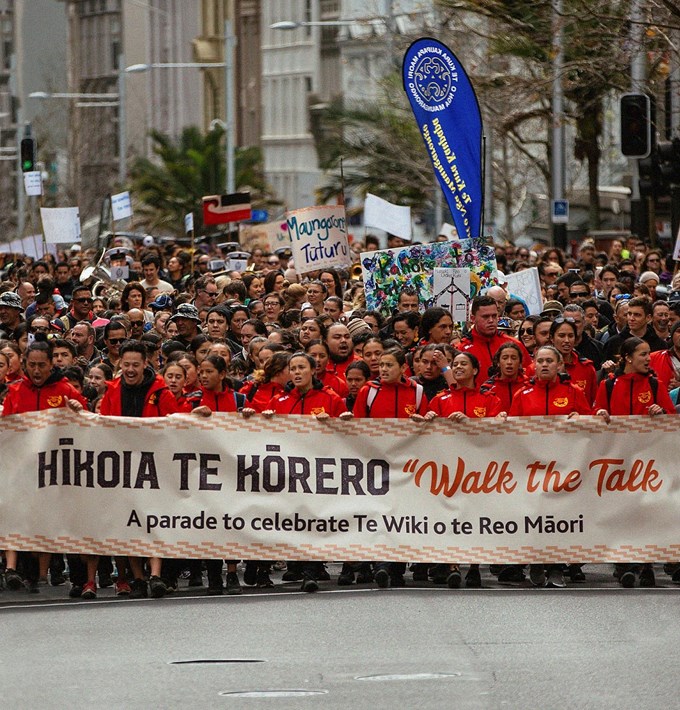Every New Zealander can help strengthen the Māori language simply by using it. That’s the theme of this year’s Te Wiki o Te Reo Māori / Māori Language Week.
To learn more, OurAuckland talked to three Aucklanders who have done their bit to revitalise te reo:
"Te reo Māori is everywhere"
In 1984, a Māori telephone operator by the name of Naida Glavish found herself embroiled in controversy because she used ‘kia ora’ to greet callers to the Post Office, where she worked. Chastised by her manager, who wanted English-only greetings, Glavish was almost fired, but support from around Aotearoa (and intervention by then-prime minister Robert Muldoon) saved her job and put the Māori greeting firmly in the spotlight. Now, Glavish is a dame, kia ora is ubiquitous and the language is undergoing a revival supported by both Māori and Pākehā.
“The language is unique to this place that we share as our home,” says Hēmi Kelly, a Māori language lecturer at Te Wānanga Aronui o Tāmaki Makau Rau / AUT University.
“It’s in our place names, tree names and bird names. It’s more present than we sometimes realise. We have to sit back and go, ‘Actually, te reo Māori is everywhere.’”
Kelly began learning te reo in high school because he wanted to connect more to his own identity. “It grew into a love. I met others with the same passion, and now through teaching I’m able to share what I’ve learned with people in the same position I was.”
He says Māori courses at the university are bursting at the seams. It’s had waiting lists for the past two years.
Starting young
Amy Norrish, from Mount Albert, undertook a course in Māori at Te Whare Wānanga o Wairaka / Unitec last year and says it’s really important as a New Zealander to have a certain standard of reo.
She signed up partly to set an example for her kids, aged 4 and 8.
“I noticed I was even falling behind my young children. The Māori language they get at kindergarten is quite amazing.”
The course was an eye-opener, and not just because of the subject.
“When we had the celebration at the end, I sat across from two much older Māori women who were talking about how wonderful it was to see such a variety of people there who thought it was important to learn.”
Building confidence
Numerous reo Māori courses are on offer in Tāmaki Makaurau, and writer Alice Neville did one a few years back.
“A few of my workmates enrolled in a course at Te Wānanga o Aotearoa. When I said I’d always wanted to do that, they enrolled me, too.”
Now she does one night a week, and although she isn’t fluent, she recently plucked up the courage to have a kōrero with two Māori-speaking strangers in a bar.
Learn te reo your way
Te Kaunihera o Tāmaki Makaurau / Auckland Council offers staff 10- week courses for beginners, and there’s an app for them called Kete Kōrero.
The council is also working with mana whenua and local boards on a programme called Te Kete Rukuruku, which aims to add names significant to Māori to local parks and community places.
The only way to keep te reo Māori alive is to keep using it.
As this year’s Te Wiki o Te Reo Māori theme says, “Kia kaha te reo Māori / Let’s make the Māori language strong.”


